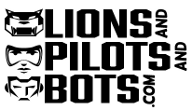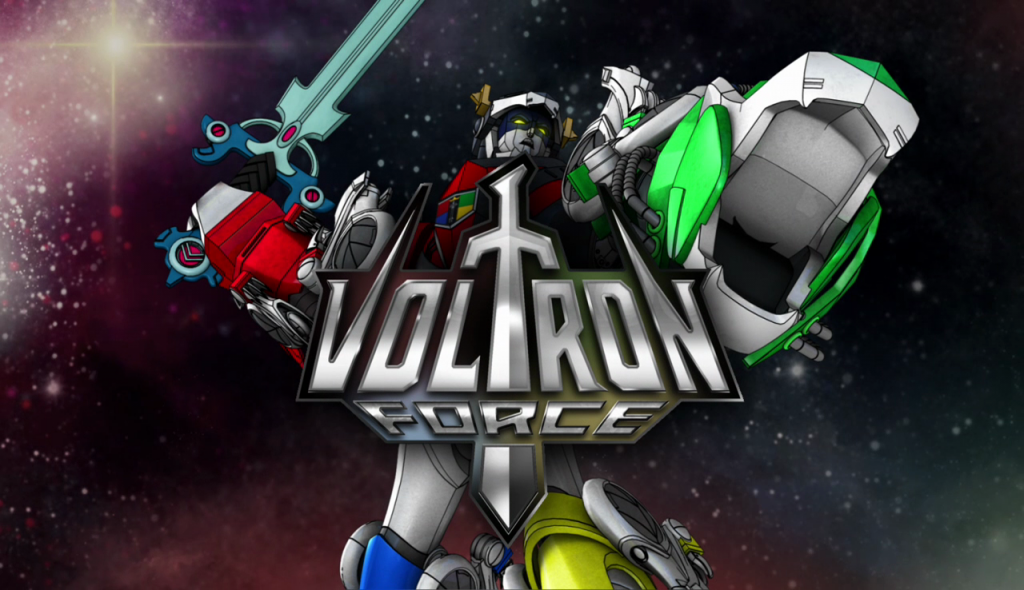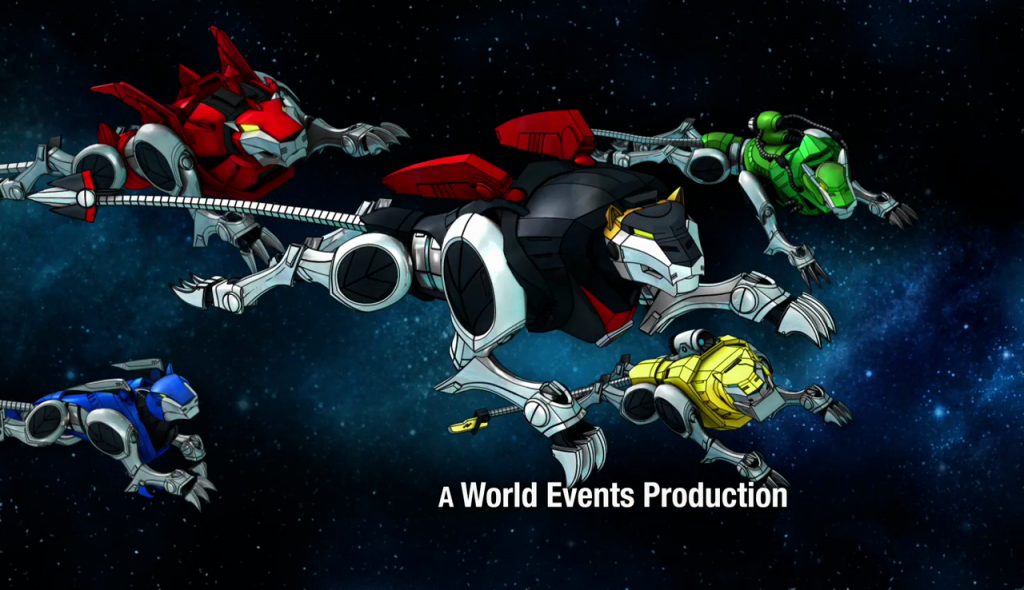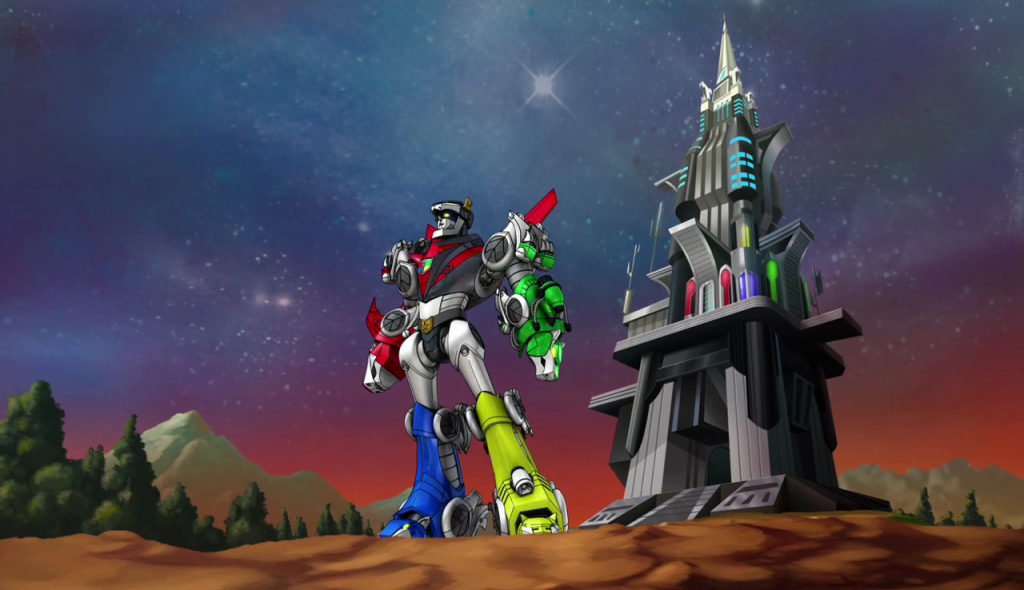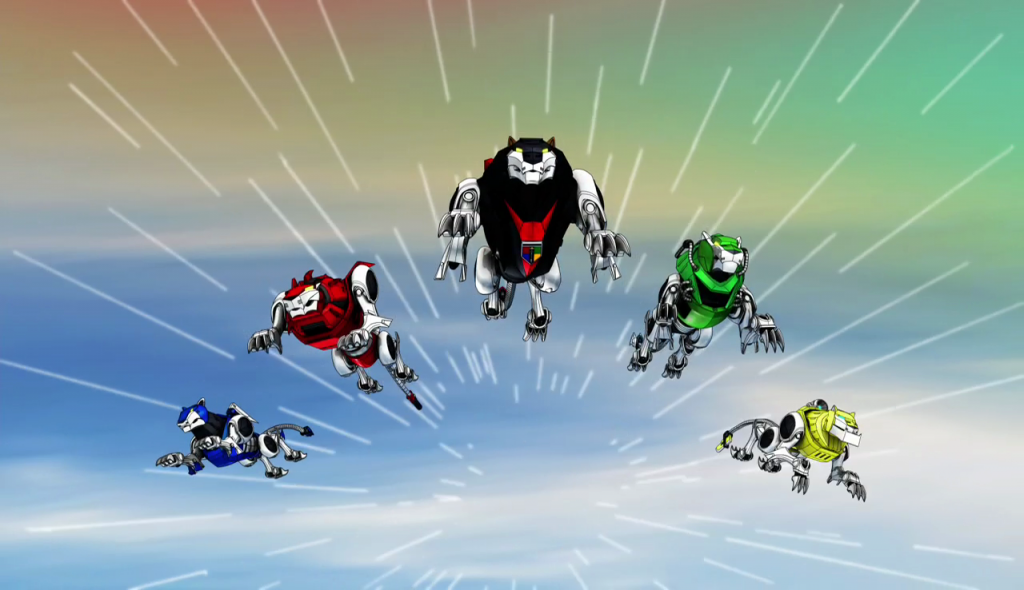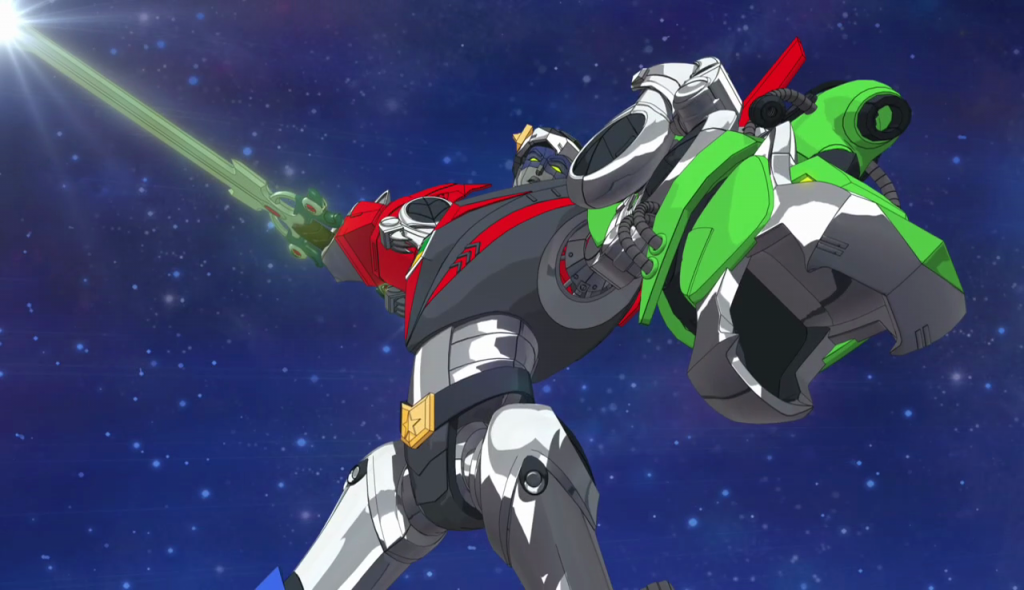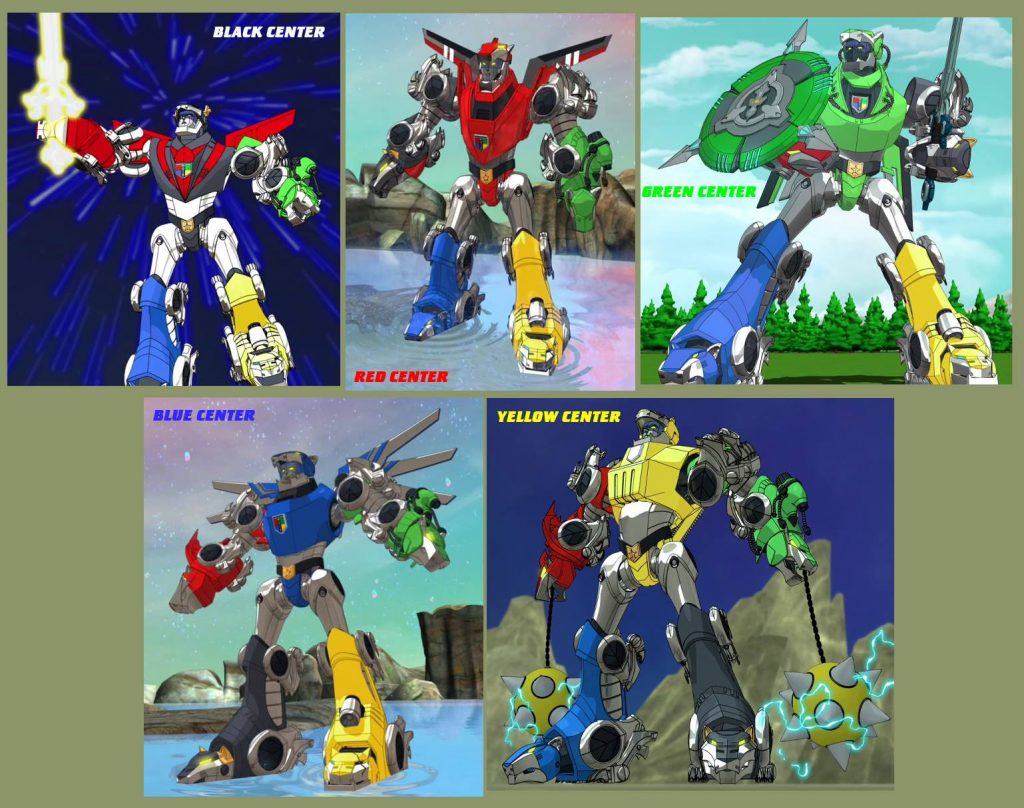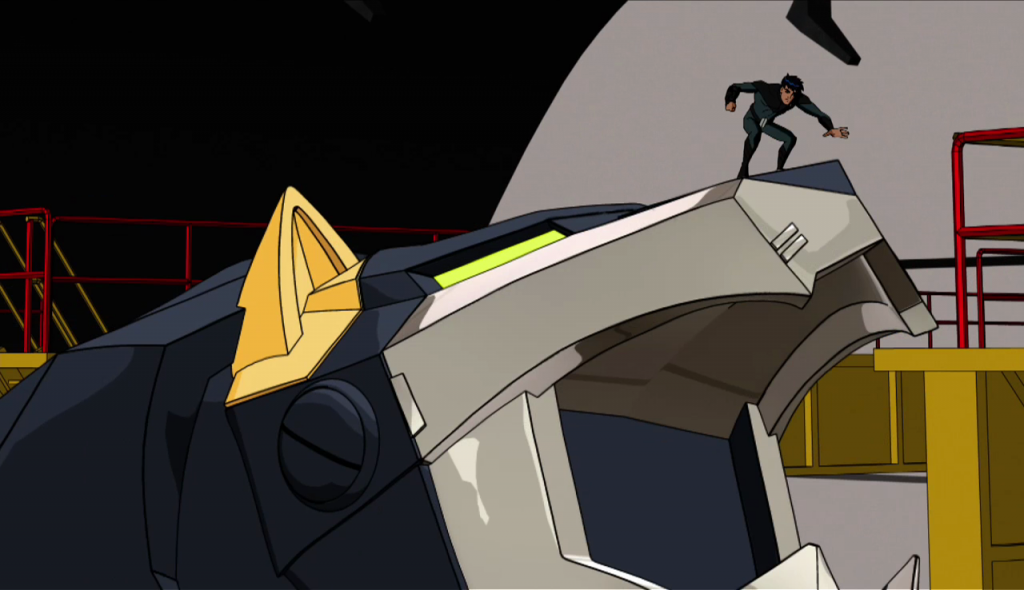It takes many skilled and talented people to create a television series like Voltron Force. In that series, Sesinio Ampongan, Jr., is credited as a CGI modeling, rendering, and compositing artist. Here is an exclusive interview with Sesinio.
How did you become involved in 3D art and art in general?
I took up Bachelor of Arts in Fine Arts in one of the universities here in the Philippines. I, later on, enrolled again in another university and took up Bachelor of Science in Digital Illustration and Animation and got a degree. So it merely was a traditional/non-digital in the beginning and later on evolved to digital.
Is computer graphics your primary artistic medium? Do you also work in non-digital media, such as pencil, ink, or paint?
I can do traditional art using pencil, ink, watercolor and oil paint. It indeed is a big help if you at least know the traditional art if you want to do computer graphics.
What are some of your favorite digital and non-digital tools for your art?
For non-digital, I prefer pencil, ballpen, and paper. For digital, if you are referring to computer applications/software, I usually used Autodesk Maya, Adobe Photoshop, and Zbrush.
Who or what are some of your sources of inspiration?
Anyone who wows me through their crafts especially if it’s something new and unique.
What are some of your favorite works of art, books, TV programs, animated programs, movies, etc.?
I’m a fan of Dragon Ball Z and any movies equipped with kick-ass visual effects.
How did you become involved in Voltron Force?
I was part of the studio (Toon City Animation, Inc.) who WEP and Kickstart Productions outsourced it to. I was the lead 3D modeler back then.
What did you know of Voltron before you worked on Voltron Force? Would you call yourself a Voltron fan?
I really am not a fan of Voltron since I grow up from a place with almost no access to television. It was only during my teenage years that I learned about this comic character that it is a huge robot transformed from 5 lions.
What were your roles on Voltron Force? What kinds of things did you do? What specific elements of the show did you 3D-model?
I was the lead 3D modeler during the process. I was the one responsible for the creation of the main characters like the Voltron itself(including the blue, green, yellow and red Voltron), the 5 lions, some of the Robeasts, vehicles, weapons, spaceships and a lot more.
Which software tools did you use while working on Voltron Force?
I used Autodesk Maya.
Are the models meshes, or are they based on splines such as NURBS?
They were all modeled using polygons.
Who were the main designers of the Voltron Lions and the Voltron robot itself?
I have no idea who the main designers are because from my recollection, the designs were already provided by our client.
When you created the 3D CGI models of the Lions and Voltron for Voltron Force, what were your initial references? Did you have designers’ sketches, or rough 3D models, or physical maquettes, or something else?
My initial references were the sketches provided by the client. It includes the orthographic views of the designs, the front, side, back and profile views. Sitting beside me during the process is our technical director/rigger discussing with me on how the model will work once rigged and how the body parts will move.
Did the designs of the Lions or Voltron change as a result of them being given three-dimensional form? For example, did anything that looked good on paper not translate well to 3D?
After almost tracing the designs verbatim on the 3D software, our creative director altered some parts of the designs because yes, some of them didn’t translate well and don’t look good in 3D.
Were there parts of the Lions or Voltron that had not been well defined by the designers? Did you have to “fill in the gaps” as you created the models?
Yes, there are some. This is normal and understandable especially that almost all of the parts of the robots are moving since they’re mechanical so we need to adjust and “fill in the gaps”. But we made sure that overall look of the models still matches the designs.
As you were modeling the Lions and Voltron, did you take into consideration things such as rigging and range of motion, or were those things figured out after the models had been completed?
Yes, of course, I have to consider those. While I was modeling, I need to always consult our rigger and lead animator for rigging and animation and deformation issues. It’s a practice we often follow and is part of our production pipeline.
Can the 3D models of the Lions “really” convert into the 3D model of Voltron, or were the models of the Lions and Voltron completely different? Were any parts of the Lion models used directly on the Voltron model?
Yes, the Lions can convert into the model of Voltron but not completely and perfectly. We added some “cheats” and camera tricks to make the transformation look flawless, 😀
In Voltron Force, the Black Lion can switch places with any other Lion to form a different configuration of Voltron, so Voltron has five configurations: Black Center, Red Center, Green Center, Blue Center, and Yellow Center. Were these five Voltron models based on the same “skeleton?” Did they have the same proportions, rigging, etc., or were they different?
Yes, they basically have the same skeleton setup. Their proportions too, are the same. On the other hand, there is a small difference on rigging side, especially on the back of each robot where lies different weapons/parts where there is a need for additional controllers.
Since you created the 3D CGI models of the Lions and Voltron, you are probably more familiar with them in a “physical” sense than anyone else. How well do you think they could have been made into toys?
I actually saw my models turned (it was 3D printed I think) to toys by Mattel if I’m not mistaken. Toys were a bit small and I saw that some of the details were lost.
If you were designing transformable Voltron Force lions, how might you go about making lions that could form all five of Voltron’s configurations? (I imagine this would be a fun design challenge!)
If in 3D, I imagine my design of the lions composed of hundred of parts and each one moving and rotating while transforming into a Herculean kick-ass Voltron.
Were you happy with the look of the show? What things, if any, might you have done differently if given the chance?
Yes, I was. But it could have been better if we did it in full 3D including those 2D characters manning the lions/Voltron. That could be more exciting and challenge on the 3D part.
How did you feel about Voltron Force being canceled after just one season? Would you have liked for the show to have continued for more seasons?
I feel sad of course, especially for the thousand or I would say millions of avid fans of Voltron out there.
Have you watched Voltron: Legendary Defender? What do you think of it?
I have watched a portion of it and looks nice! The new designs of the lions and Voltron itself look better.
What would be your “dream” job as an artist?
How about being part of the 3D team to create Voltron Movie? 😀
Do you have any advice for anyone who would like to become a professional modeler and/or work in the animation industry?
If 3D animation is your passion, don’t stop practicing and hone your skills whether it’s modeling, animation, rigging, lighting, and rendering. Furthermore, don’t stop and rely on just one software because almost every year, lots of new 3D software are being introduced. Practice and innovate, otherwise, you’ll be left behind.
For people who would like to see more of your artwork online, what are some links that people can check out?
You may check some of my works on my website. It’s http://sesinioamponganjr.wixsite.com/lordczy and https://www.artstation.com/czy
Thanks to Sesinio Ampongan, Jr., for sharing his talents in the creation of Voltron Force, and for participating in this interview!
